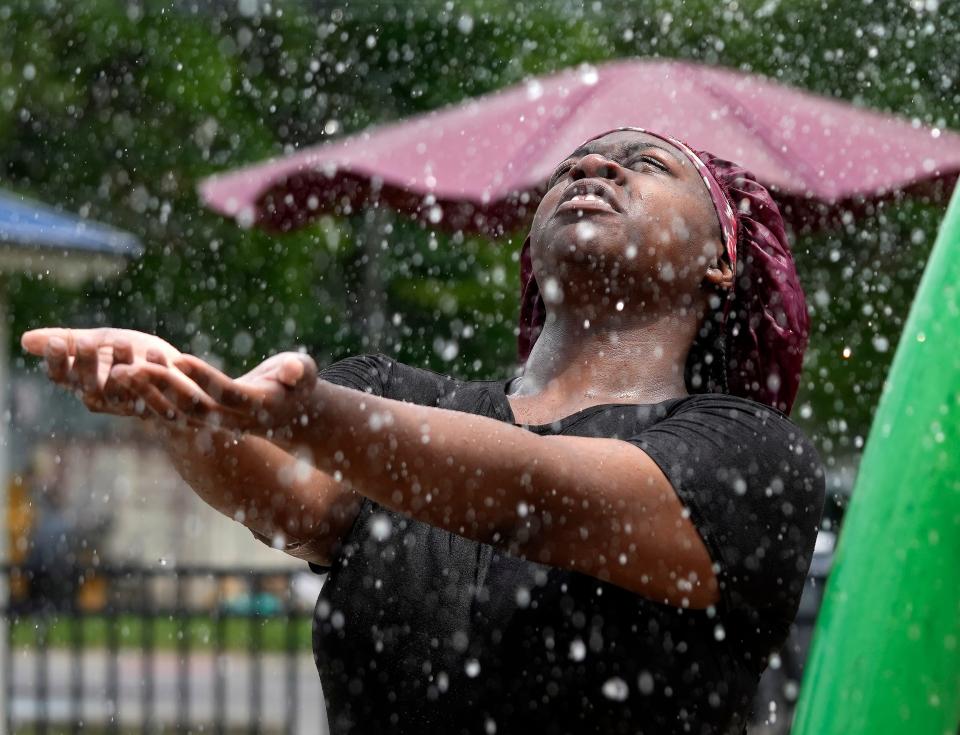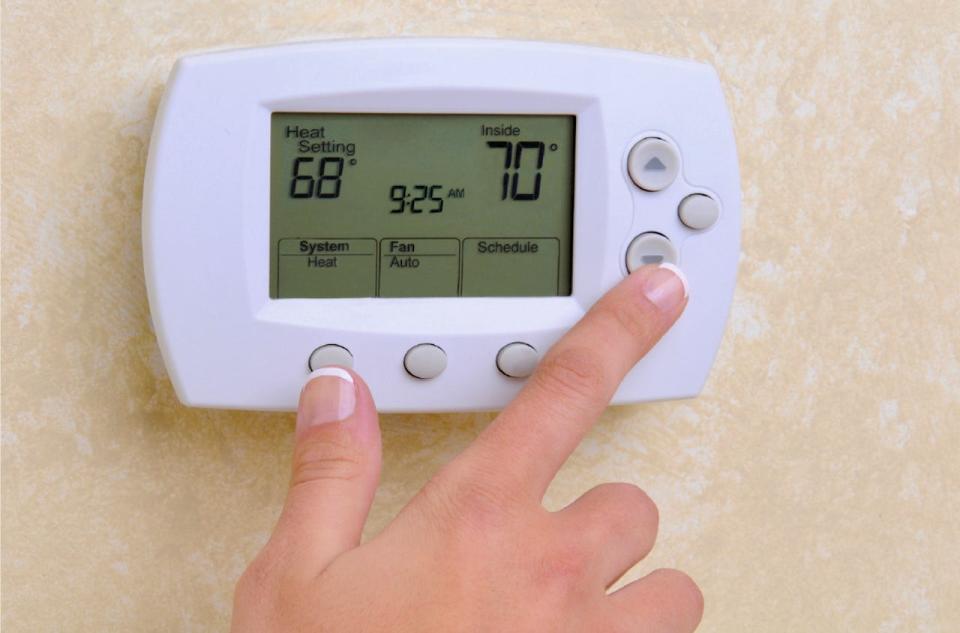Ohio is burning up. Bill could save your electric bill.
- Oops!Something went wrong.Please try again later.
Ohio can beat the heat with efficiency
Robert Kelter is a managing attorney at the Environmental Law & Policy Center.
Two Columbus Dispatch headlines this week underscore the importance of the legislature voting on House Bill 79, a bipartisan proposal to reinstate Ohio’s energy efficiency programs: “How AEP is preparing for the strain of this week’s extreme heat,” and “Ohio will be hotter than Florida this week."
The legislation, co-sponsored by Reps. Bill Seitz, R-Cincinnati, and Bride Rose Sweeney, D-Westlake, would offer critical relief from rising energy costs and the looming threat of power shortages on a strained grid.
All of the sudden Ohio went from mild temperatures to very hot.
Although PJM is confident in its generation and transmission capabilities, it has issued a hot weather alert in anticipation of 90-degree temperatures and humidity, which highlights the potential for reliability challenges despite adequate capacity.
Ohio heat beats Florida this week. Here's the latest
This reality reinforces the importance of HB 79, which aims to reintroduce energy efficiency programs that reduce overall demand and enhance grid reliability. The legislature canceled the programs as part of House Bill 6 in order to pay for FirstEnergy’s nuclear plant bailout, and has been debating whether to bring them back for the last two years.
Why House Bill 79 is good for Ohio

Energy efficiency is a straightforward and cost-effective solution to rising costs and threats to reliability.
The cheapest power is the power we don’t use.
By reducing the energy needed to cool and heat our homes and run our appliances, we not only lower our bills but also mitigate the risk of blackouts. During periods of high demand, such as extreme heatwaves, efficiency and demand response measures significantly reduce the strain on our power grid.
HB 79 extends beyond using less energy and saving individuals money on their bills. It emphasizes utility-run demand response programs that lower demand at peak times on the hottest days of summer.
More: Delaware, Franklin county residents asked to water lawns less amid heat wave
For example, the utilities give customers discounts and rebates on smart thermostats, and then they pay them to enroll in programs that allow the utilities to turn the thermostats back a degree or two if PJM detects strain on the grid. With the advanced technology of the smart thermostats the utilities can even precool homes before periods of high demand, and customers never even know the utility has made minor adjustments.
The problem is that without the utility-run programs that discount smart thermostats and take other similar steps to reduce demand, the utilities are not in position to maximize demand response efforts when PJM indicates we need to. For example, few Ohioans actually have smart thermostats compared to Michigan and other neighboring states.
Moreover, lowering peak demand means we rely less on expensive and polluting "peaking" power plants, which only operate during high-demand periods. The reductions from efficiency programs not only save customers money on their bills, they reduce pollution from those plants.
Some legislators have expressed concerns about adding even small costs to customers’ bills, but the benefits far outweigh the costs.
Related: Tell us, Columbus. What temperature do you set your AC thermostat at?
House Bill 79 is a win-win for Ohio

The bill allows utilities to charge up to $1.50 per month for the programs, but to put this in perspective, the average bill for AEP residential customers in June of 2023 was $200.
Customers who take advantage of the utility discounts and rebates save on their bills. But even those who don’t participate save because when we use less electricity, we drive down the market price of electricity that everyone pays. Additionally, it means AEP has to spend less money on grid improvements and we need fewer new power plants.
The extreme heat we're experiencing serves as a stark reminder of the importance of energy efficiency. PJM and AEP Ohio's warnings and tips—such as setting thermostats higher, avoiding the use of heat-producing appliances during the day, and keeping windows covered—are practical steps. However, they highlight the reactive nature of our current approach to energy management. Proactive measures, such as those proposed in HB 79, are necessary for long-term resilience.
Ohio's utilities, many consumer groups and environmental groups all support this bipartisan bill. AEP and the other utilities are ready to go with innovative new programs, they just need the legislature to give them the green light.
Robert Kelter is a managing attorney at the Environmental Law & Policy Center
This article originally appeared on The Columbus Dispatch: Crazy hot weather shows why Ohio needs proposed law

